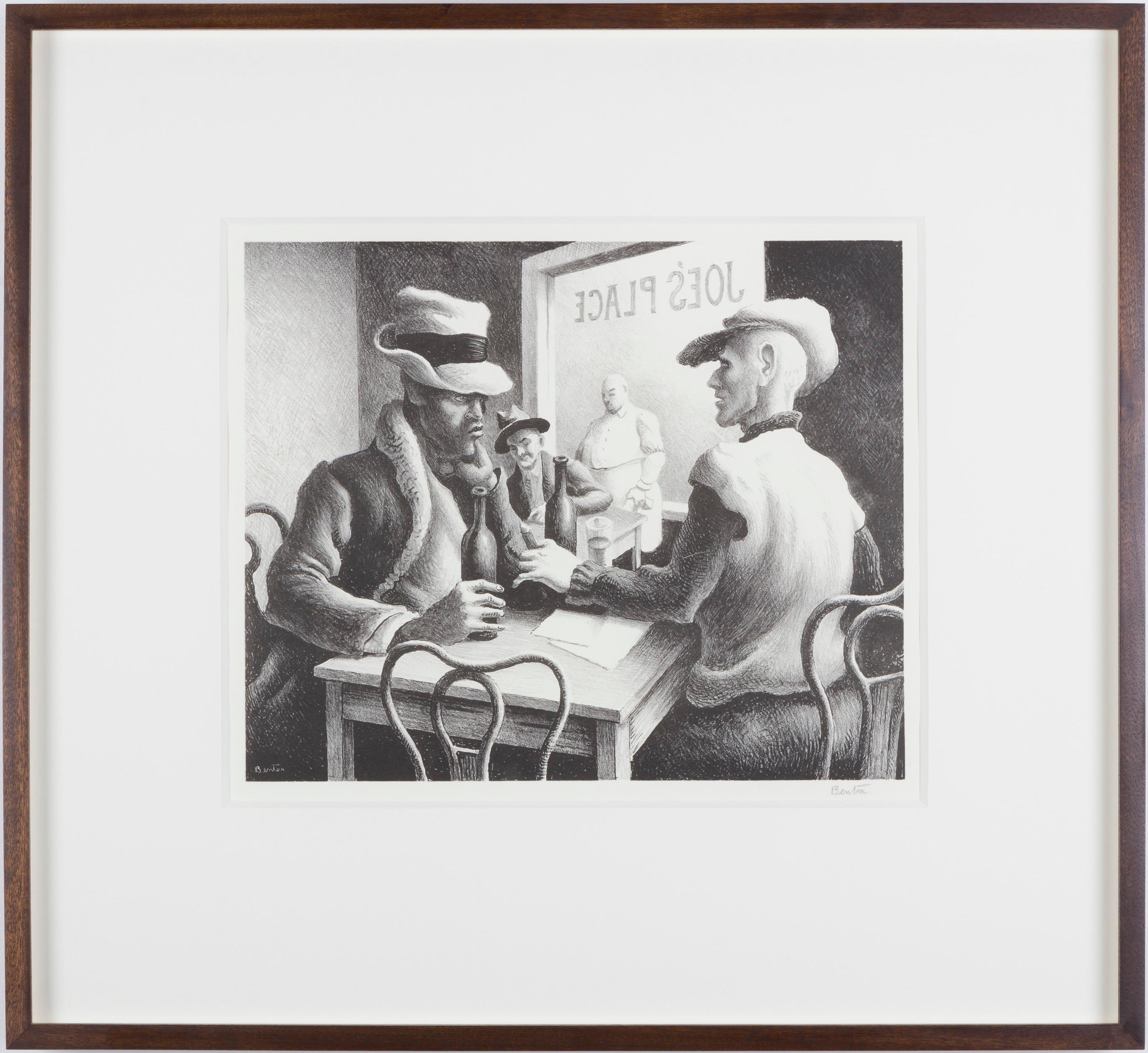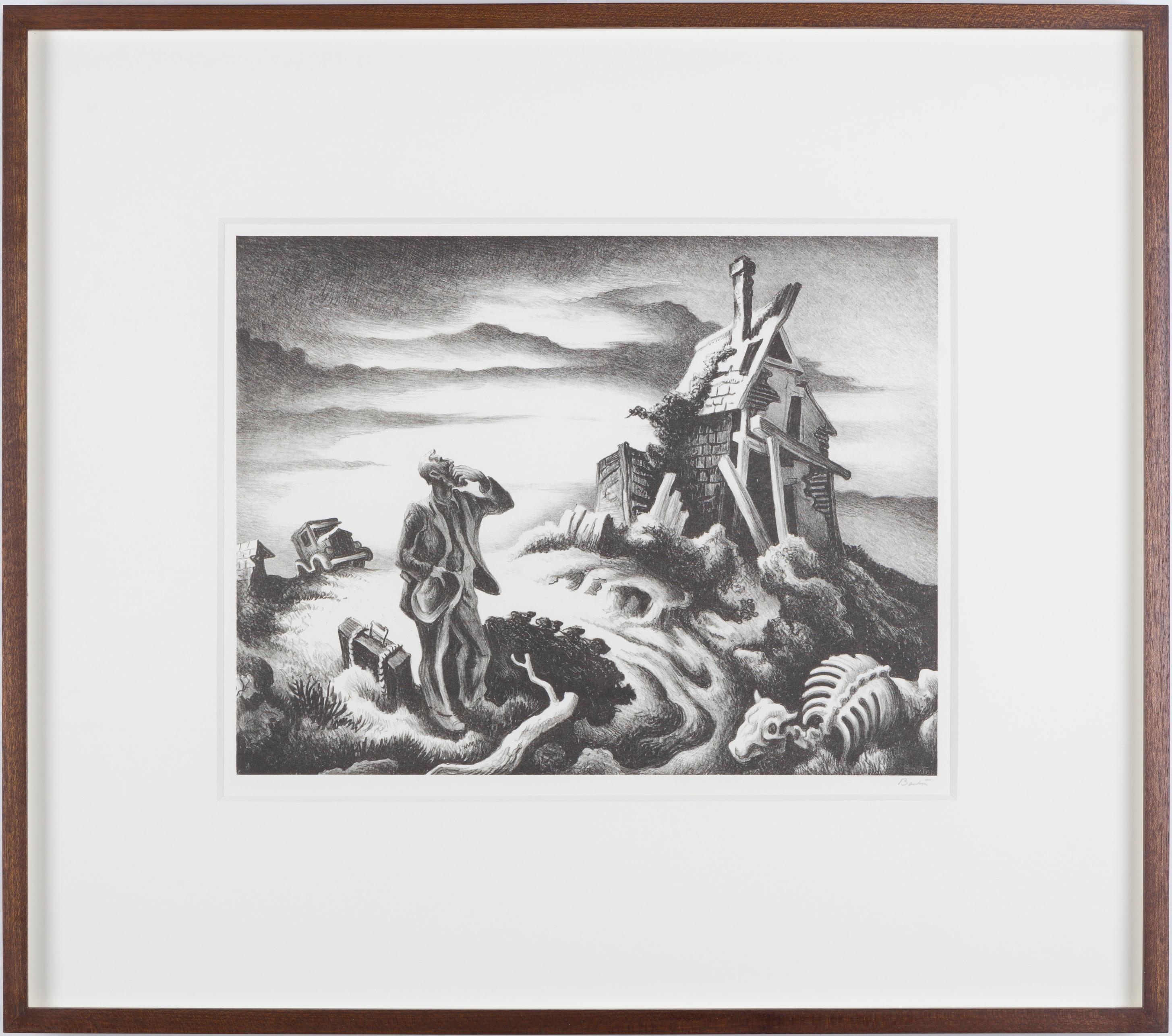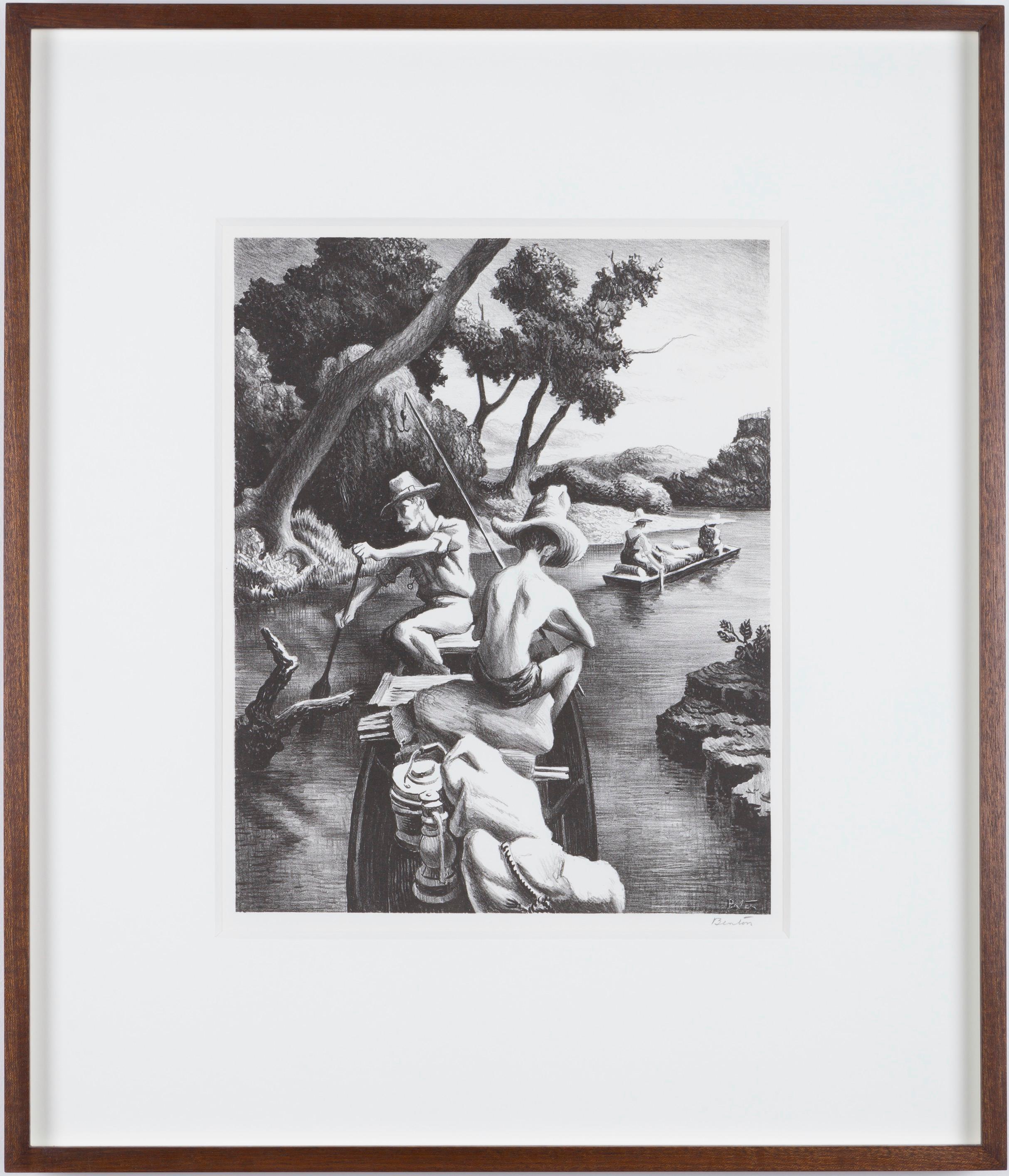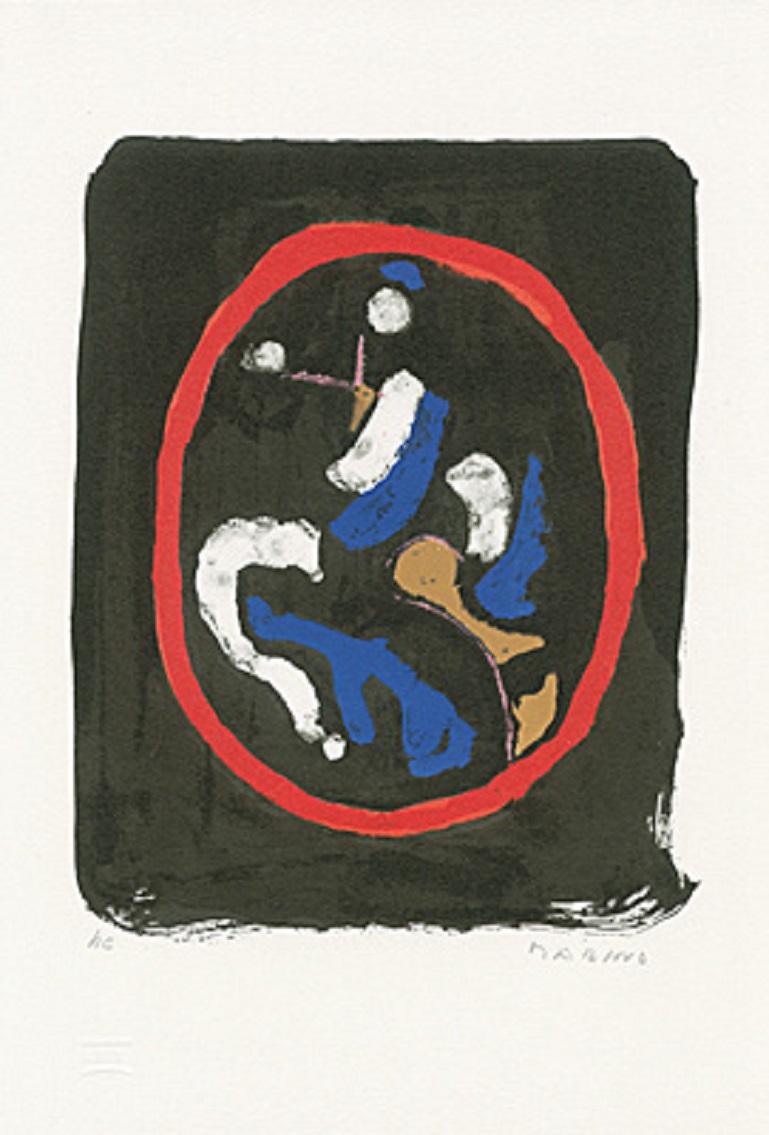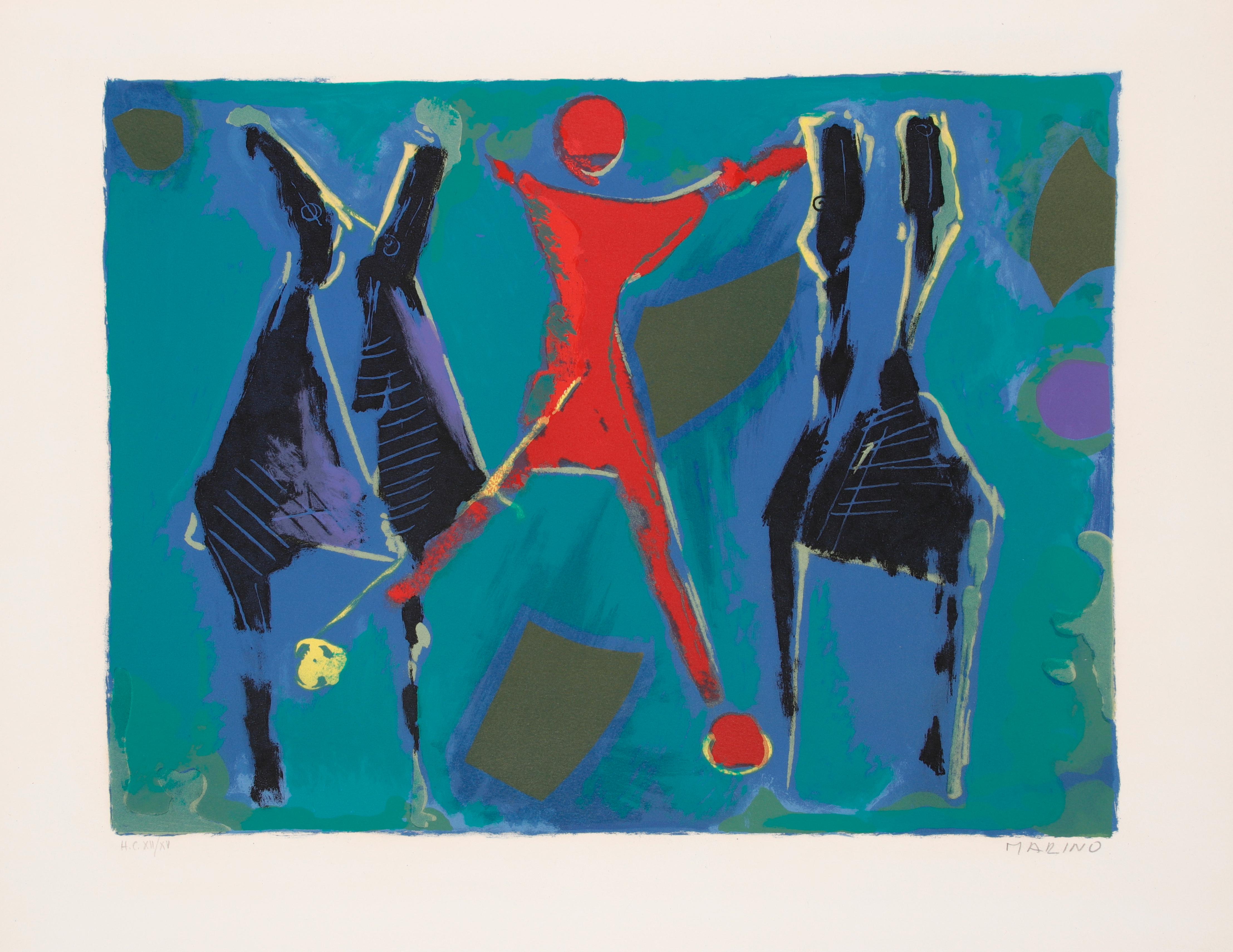Items Similar to British Post Office Greetings Telegrams (1935-1978), after various artists
Want more images or videos?
Request additional images or videos from the seller
1 of 10
UnknownBritish Post Office Greetings Telegrams (1935-1978), after various artists1935-1978
1935-1978
About the Item
British Post Office Greetings Telegrams (1935-1978), after various artists
photolithograph
dimensions, including frames:
33 x Telegram 9 ¾ x 11 ⅞ in. (24.8 x 30.1 cm.)
31 x Telegram 10 ½ x 12 in. (26.8 x 30.5 cm.)
12 x Telegram 11 ½ x 18 in. (29.2 x 45.7 cm.) and similar
12 x Telegram 9 x 11 ½ in. (22.9 x 29.2 cm.)
1 x Telegram 11 ¾ x 12 ¾ in. (29.8 x 32.4 cm.)
1 x Telegram 9 x 10 ⅜ in. (22.9 x 26.3 cm.)
1 x Telegram 8 x 10 ½ in. (20.3 x 26.7 cm.)
A set of ninety-one (91)
The historical equivalent of a text or WhatsApp message, the first telegram was sent in code in 1844 from Washington to Baltimore by Samuel Morse, asking “What hath God wrought?” By 1870 (the year that the British General Post Office nationalised the service), more than 3,000,000 telegrams were being sent annually, of which one of the shortest ever was from Oscar Wilde, who, enquiring as to sales for his new book, sent a solitary “?” to his publisher. The response was “!”.
To harness new commercial appeal, the Greetings Telegram was introduced in 1935. Costing three pence more than a standard telegram, the initiative was a great success, and nearly 25,000 were sent out in the first week.
In 1943, during the Second World War, production of the Greetings Telegram was halted due to paper rationing and exigencies. Upon its reintroduction in 1950, demand was on a steep decline due to the increasing popularity of the telephone, and also the negative association that the telegram had acquired through informing families that their loved ones had been killed or were missing in action. The final British Greetings Telegram was produced in 1978, and the overall service came to an end in the United Kingdom in 1982.
As the present collection illustrates, Greetings Telegrams were extremely popular for celebrating special events: from newborn babies to weddings; from Christmas and coronations to Valentine’s day. Indeed, more than 50,000 of Rex Whistler’s Valentine’s design of 1936 were dispatched. The Greetings Telegram was a great way for artists to increase their profile and reach an incredibly broad audience, combining - in a very Warholian manner - mass production, consumerism and art. The artists featured in this collection include Edward Ardizzone, Rex Whistler and John Strickland Goodall. However, the first Greetings Telegram was designed by Mrs Calkin James, a Post Office employee.
PLEASE NOTE THAT ONLY A SMALL SELECTION OF THE GREETINGS TELEGRAMS HAVE BEEN ILLUSTRATED.
For a comprehensive listing of the artists, complete illustrations, and further information about the Telegrams, please view my online catalogue.
- Creation Year:1935-1978
- Dimensions:Height: 11 in (27.94 cm)Width: 18 in (45.72 cm)
- Medium:
- Movement & Style:
- Period:
- Condition:
- Gallery Location:London, GB
- Reference Number:1stDibs: LU80612354153
About the Seller
5.0
Vetted Seller
These experienced sellers undergo a comprehensive evaluation by our team of in-house experts.
Established in 2016
1stDibs seller since 2017
26 sales on 1stDibs
Typical response time: <1 hour
- ShippingRetrieving quote...Ships From: London, United Kingdom
- Return PolicyA return for this item may be initiated within 14 days of delivery.
More From This SellerView All
- The hand of vitalityLocated in London, GBdated, inscribed and signed ‘1987/ The Hand/ of/ Vitality/ Deborah/ Schneedbeli/ Morrell’ (on the reverse) bodycolour, card and paper mache 18 ⅞ x 12 ¾ in. (4...Category
1980s Modern Figurative Sculptures
MaterialsGouache, Papier Mâché
- Red admiral by starlightBy Julie Fleming-WilliamsLocated in London, GBFrom glorious observations of the everyday to the surreal, Julie Fleming-Williams’ work is as eclectic as it is engaging. Julie has exhibited at the Royal Academy and her paintings h...Category
2010s Surrealist Animal Paintings
MaterialsCanvas, Oil
- A young beautyBy George Lawrence BulleidLocated in London, GBGeorge Lawrence Bulleid (1858-1933) A young beauty pencil and watercolour 3 ⅛ x 2 ⅜ in. (7.9 x 6 cm.) frame 9 ⅜ x 8 ¼ in. (23.9 x 20.9 cm.)Category
Late 19th Century Naturalistic Figurative Drawings and Watercolors
MaterialsWatercolor
- Bee columns, in a water-gilded frame, circa 1870By Tom RoothLocated in London, GBThis work was created by Tom Rooth in the Cambrian Mountains of Wales. Production process: Tom makes the ceramic panel, which then dries for a month. After this, he carves it down, and then it goes into the kiln for a 48 hour cycle firing. Tom then draws onto the panel, with underglaze pencils, and then glazes the artwork which goes into the kiln once more, for another 48 hour firing cycle. It is then ready for the frame. Tom has an expert knowledge of frames - his parents were framers and restorers, and he worked at Christie's as Senior Picture Specialist and Director for 14 years. Tom's works are unique, highly decorative, highly original, and will compliment any interior, whether traditional or contemporary. Tom has exhibited at The Treasure House...Category
2010s Realist Mixed Media
MaterialsCeramic, Glaze, Pencil
- OctoplateBy Tom RoothLocated in London, GBThe Octopussy with signature on the suckers, and the artist's thumbprint (on the reverse) screenprint on earthenware, with underglaze paint 37 cm. (14 ½ ) diam. 6.1 cm. (2 ⅜ in....Category
2010s Realist More Art
MaterialsCeramic, Paint
- Death's head moths under a full-moon, presented in a hand-carved c1880 oak frameBy Tom RoothLocated in London, GB'Death's head moths under a full-moon' work was created by Tom Rooth in the Cambrian Mountains of Wales. Production process: Tom makes the ceramic panel, which then dries for a month. After this, he carves it down, and then it goes into the kiln for a 48 hour cycle firing. Tom then draws onto the panel, with underglaze pencils, and then glazes the artwork which goes into the kiln once more, for another 48 hour firing cycle. It is then ready for the frame (the frame dictates the subject-matter). Kintsugi is a 15th-Century practice invented in Japan, and means 'to join with gold'. The practice is a reminder to embrace flaws, and celebrate the missteps of life, recognising that when seemingly catastrophic events happen, beauty and good can still result. Tom has an expert knowledge of frames - his parents were framers and restorers, and he worked at Christie's as Senior Picture Specialist and Director for 14 years, and prior to this Bonhams, Phillips and Sotheby's. Tom's works are unique, highly decorative, highly original, and will compliment any interior, whether traditional or contemporary. Tom has exhibited at The Treasure House...Category
2010s Realist Mixed Media
MaterialsCeramic, Glaze, Pencil
You May Also Like
- DiscussionBy Thomas Hart BentonLocated in London, GBA fine impression with large full margins published by Associated American Artists.Category
1930s American Modern Figurative Prints
MaterialsLithograph
- Old Man ReadingBy Thomas Hart BentonLocated in London, GBA fine impression with full margins with minor discolouration published by Associated American Artists with their information label attached.Category
1940s American Modern Figurative Prints
MaterialsLithograph
- Prodigal SonBy Thomas Hart BentonLocated in London, GBA fine impression with full margins published by Associated American Artists with their information label present - pictured in Art and Popular Religion in Evangelical America, 1815-...Category
1930s American Modern Landscape Prints
MaterialsLithograph
- Down the RiverBy Thomas Hart BentonLocated in London, GBA fine impression of this popular Benton image with good margins.Category
1930s American Modern Figurative Prints
MaterialsLithograph
- "Composizione" by Marino Marini, Black, Figurative Print, ModernBy Marino MariniLocated in Köln, DE"Compositione" by Marino Marini is part of the catalogue "Marino Marini Druckgraphik" Catalogue edited in 1976, Haus der Kunst Munich Book with 1 color ...Category
1970s Modern Figurative Prints
MaterialsLithograph
- From Color to Form VIIBy Marino MariniLocated in ZEIST, UTMarino Marini- From Color to Form VII Color lithograph on Arches paper (with watermark), 1969. Printed by Mourlot, Paris, published by Société Internationale d'Art XXe Siècle, Paris,...Category
1960s Modern Figurative Prints
MaterialsLithograph
Recently Viewed
View AllMore Ways To Browse
Post Office
Office 1978
Final Post
Vintage Christmas Prints
Vintage Baltimore Prints
Vintage Christmas Art Prints
British World War 1
Oscar Wilde
Christmas Lithograph
Whistler Lithograph
Christmas Vintage Illustration
Vintage Christmas Illustrations
Vintage Valentine Prints
Coronation Year
18 Whistle
James Whistler Lithograph
Vintage Baby Illustrations
Vintage Baby Illustration
